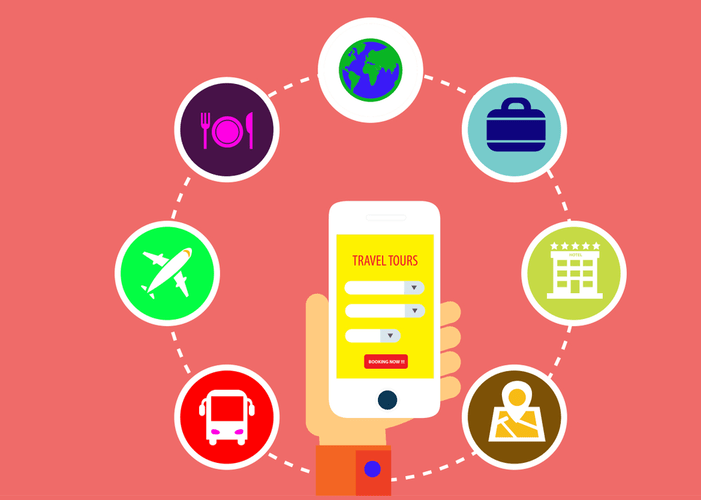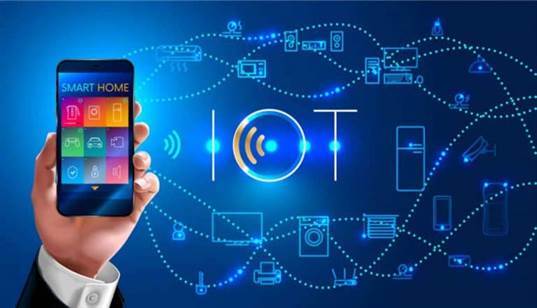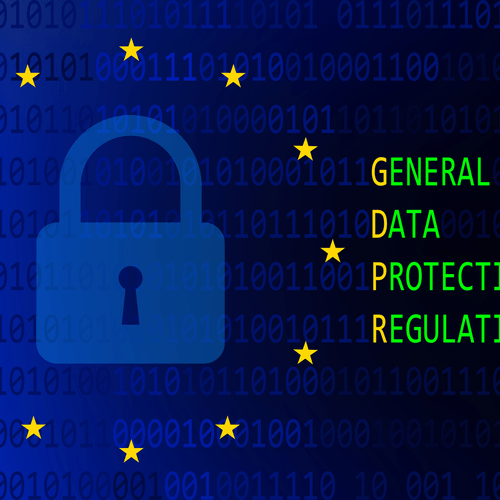Setting up a decentralized set of heterogeneous fog gadgets throws up new challenges by means of upkeep and compatibility. Fog computing is a decentralized infrastructure that locations storage and processing components at the fringe of the cloud. One should notice that fog networking just isn’t a separate architecture and it doesn’t substitute cloud computing however quite enhances it, getting as close to the supply of knowledge as potential. Fog and edge computing could be less expensive than conventional cloud computing because they reduce the amount of information that must be transmitted to the cloud. Fog and edge computing can improve safety by providing additional safety measures to edge units, similar to encryption and authentication. Cloud computing has advanced security measures in place to safe data in the cloud, whereas fog computing focuses on offering security measures to edge units.
There are several kinds of fog computing, together with client-based, server-based, and hybrid fog computing. Data has been saved on native computers and storage systems somewhat than being routed to the cloud through a centralised data centre. We provide modern IoT improvement companies for companies looking to rework their business. This article goals to check Fog vs. Cloud and inform you more about Fog vs. cloud computing potentialities and their pros and cons. Cloud computing service suppliers can benefit from vital economies of scale by offering related providers to customers.

Edge computing is a computing structure that aims to deliver computing nearer to the supply of information. It is predicated on the idea of processing knowledge on the fringe of the community, versus within the cloud or in a centralized data center. This is because sure software processes or companies are managed on the ‘edge’ of the community by a sensible gadget, as a substitute of being transmitted all the greatest way to the cloud for processing. This is why it’s sometimes referred to as edge computing, because it extends cloud computing to the edge of the community.
Benefits Of Fog Computing In Iot
Although these tools are resource-constrained in comparability with cloud servers, the geological spread and decentralized nature help provide reliable providers with protection over a wide area. Fog is the physical location of computing gadgets a lot closer to users than cloud servers. One of the most important advantages of fog computing is a discount in latency and releasing up of network visitors. This cannot be achieved if the fog nodes themselves aren’t monitored and load-balanced correctly.

No matter the business vertical, today’s enterprises see an outpouring of knowledge from customers. The web of things (IoT) drives data-intensive customer experiences involving anything from sensible electrical grids to fitness trackers. Cloud computing and synthetic intelligence enable for the dynamic processing and storage of those large amounts of data. This data permits organizations to make knowledgeable choices and shield themselves from vulnerabilities at each, enterprise and technological levels. The integration of the Internet of Things with the cloud is an economical method to do business.
Superior Ideas Of Cloud
This kind of fog computing combines both client-based and server-based fog computing. Hybrid fog computing is right for purposes that require a mix of real-time processing and high computing power. Heavy.AI additionally provides a fog computing answer that can be used to manage and process information from IoT devices at the edge of the network. This resolution can enhance the performance of IoT functions by decreasing latency and guaranteeing knowledge is processed domestically. Edge and fog computing may be extra expensive than conventional cloud computing, particularly if you are a small enterprise (SMB) in the early part. Deploying and setting distributed computing nodes, checking hardware compatibility, and handling assets require assets and can result in upfront costs.
Edge computing is a distributed computing framework that allows localized information processing and analytics. It brings enterprise functions near knowledge sources similar to local edge servers or IoT gadgets. Fog computing is a decentralized computing infrastructure or course of during which computing sources are located between an information supply and a cloud or another knowledge heart. Fog computing is a paradigm that gives companies to consumer requests on edge networks.

Although edge gadgets and sensors are where information is generated and picked up, they sometimes haven’t got the compute and storage assets to perform superior analytics and machine studying tasks. Though cloud servers have the ability to do that, they are usually too far-off to course of the data and respond in a timely method. Fog computing is a decentralized computing infrastructure by which data, compute, storage and purposes are positioned someplace between the info source and the cloud. Like edge computing, fog computing brings the advantages and power of the cloud closer to where knowledge is created and acted upon. Many individuals use the terms fog computing and edge computing interchangeably as a end result of both contain bringing intelligence and processing closer to where the information is created.
Basics Of Cloud Computing
These companies allow customers to upload essential documents to the cloud and access them from any gadget. The service suppliers ensure data security whereas finish users pay for storage space. However, fog computing is a more viable choice for managing high-level safety patches and minimizing bandwidth issues. Fog computing permits us to find knowledge on every node on local assets, thus making data evaluation extra accessible. Fog is an intermediary between computing hardware and a distant server.
It can be used to offload computationally intensive tasks from centralized servers or to provide backup and redundancy in case of community failure. All three computing frameworks—cloud, fog, and edge offer unique advantages to companies relying on their necessities. Cloud computing may be nice if you https://www.globalcloudteam.com/fog-computing-vs-cloud-computing-definition-key-differences/ provide functions that don’t require real-time responses. Cloud computing offers far more superior and higher processing technological capabilities than fog and edge frameworks. It allows you to save extra information than the opposite two with limited processing power.
What’s Fog Computing?
Cloud computing suffers from greater latency than fog computing as a outcome of data has to journey backwards and forwards from the info center, which can take an extended time. In distinction, fog computing can process knowledge in actual time, making it ideal for latency-sensitive purposes. Enhanced response times, higher bandwidth availability, and better operational efficiency than cloud and fog computing.
This blog covers numerous matters on industrial automation corresponding to operations & administration, continuous & batch processing, connectivity, manufacturing & machine control, and Industry 4.0. By connecting your company to the Cloud, you’ll find a way to access the providers talked about above from any location and thru varied devices. Devices on the fog layer typically perform networking-related operations similar to routers, gateways, bridges, and hubs.

Fog computing involves the usage of units with lower processing capabilities to share a number of the cloud’s load. The aim of fog computing is to use the cloud only for long-term and resource-intensive analytics. One of the approaches that can satisfy the demands of an ever-increasing variety of related units is fog computing.
Traffic indicators mechanically flip pink or stay green for an extended time based on the information processed from these sensors. They use the data supplied by the fog computing system to provide quality service while ensuring cost-effectiveness. It is essential to note that these components have to be governed by an abstraction layer that exposes a common interface and a common set of protocols for communication. Since fog components take up a few of the SLA commitments of the cloud, excessive availability is a must. The useful resource manager works with the monitor to determine when and where the demand is excessive. This ensures that there is no redundancy of knowledge as properly as fog servers.
What Are The Benefits And Downsides Of Fog Computing?
This is usually done to improve efficiency, though it may also be carried out for security and compliance causes. On the other hand, fog computing extends cloud computing and services to the edge of an enterprise’s community, enabling real-time data analysis and decision-making. It processes information directly on gadgets at the supply, guaranteeing excessive operational velocity and efficiency. The most important distinction between cloud computing and fog computing is their location.
The nodes periodically send analytical summary data to the cloud. A cloud-based application then analyzes the info that has been obtained from the assorted nodes with the aim of providing actionable perception. Autonomous autos basically perform as edge devices due to their vast onboard computing power. These autos should be able to ingest information from an enormous variety of sensors, perform real-time information analytics and then reply accordingly.
The evolution just isn’t restricted to software and hardware, it also encompasses terminology and new ways of considering. Organizations should be flexible and adapt to maintain up on this quick paced world, especially within the IoT age when the trend is to inter-connect every little thing – databases, devices, servers, systems, and so forth. The processing energy and storage capability of edge computing is the least among the three. It can additionally be used to automate sure occasions, such as turning on water sprinklers primarily based on time and temperature. While cloud computing has turn out to be all-pervasive, fog computing is just coming as much as address the varied latency issues that plague IoT devices. Data is transported to and from the “edge” of a network and the cloud.
- It can also be used to automate sure events, similar to turning on water sprinklers based mostly on time and temperature.
- But what is fog computing, and how does it differ from cloud computing?
- It frees up bandwidth, as you can e-mail a hyperlink to recipients as a substitute of emailing the file itself (which can be large in phrases of size).
- So, it’s not easy to manipulate valuable knowledge compared to cloud computing with centralized data processing.
Video surveillance is used in malls and different massive public areas and has also been carried out in the streets of quite a few communities. Fog nodes can detect anomalies in crowd patterns and routinely alert authorities in the event that they notice violence within the footage. Fog computing has several distinctive characteristics that make it an attractive option for organizations trying to course of knowledge in real time. At current, only a few third of all information collected by IoT sensors is analysed at source. The next two terms–fog and edge computing–are comparable to one another, but there are some key variations.
Cons Of Fog Computing
It permits information, purposes, and other resources to be moved closer to, and even on high of, finish customers. Such nodes are physically much closer to gadgets if compared to centralized knowledge centers, which is why they’re ready to present instant connections. The appreciable processing energy of edge nodes allows them to perform the computation of a giant amount of data on their very own, without sending it to distant servers. Also known as edge computing or fogging, fog computing facilitates the operation of compute, storage, and networking services between finish units and cloud computing information facilities.
Grow your business, transform and implement technologies based on artificial intelligence. https://www.globalcloudteam.com/ has a staff of experienced AI engineers.











